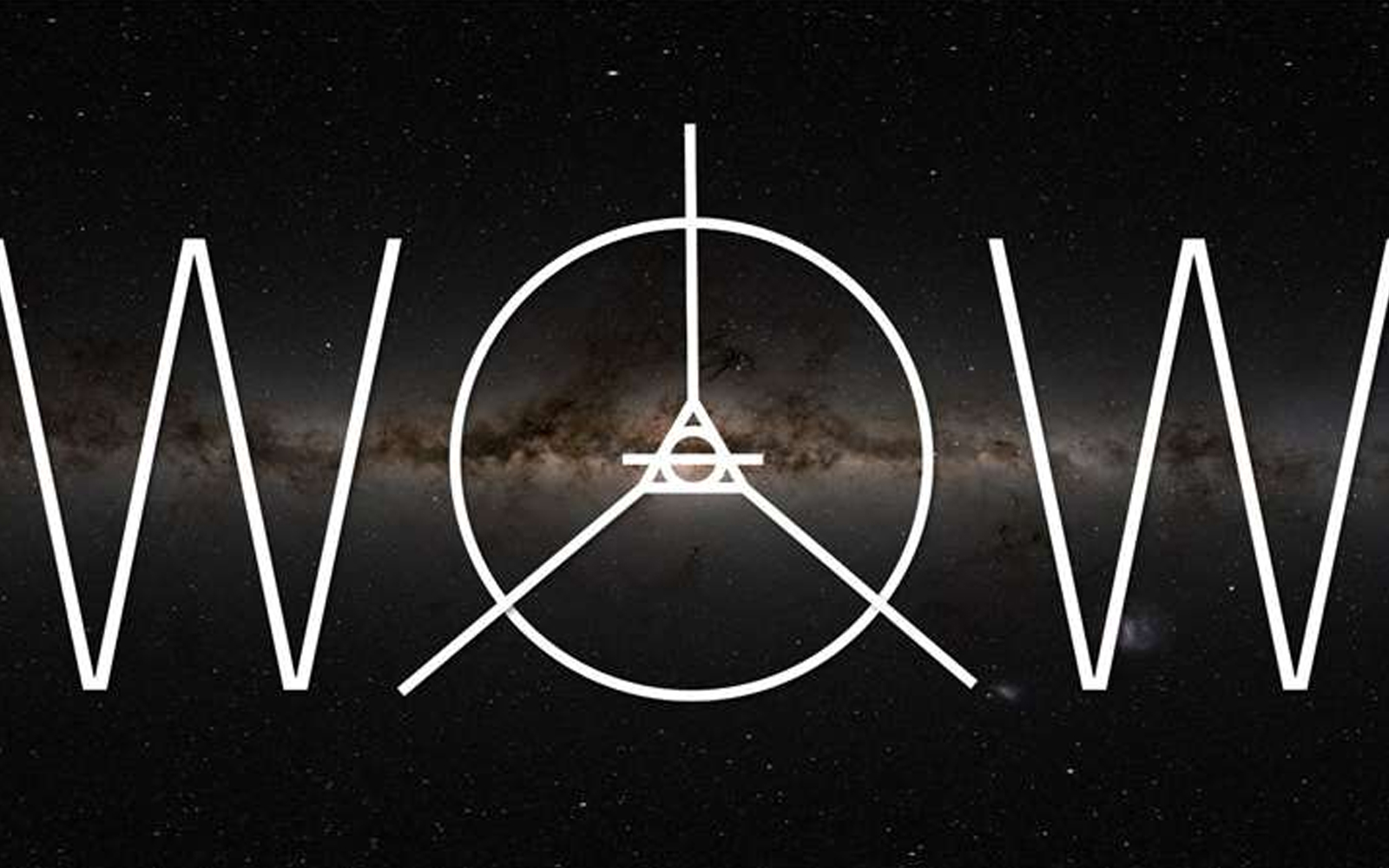
On August 15, 1977, the Big Ear Observatory at Ohio State University detected an unusually intense radio signal.
This signal was so distinctive that astronomer Jerry Ehman, who discovered it, circled it in red on the printout and wrote “Wow!” beside it, giving it its iconic name – the “Wow! signal.”
For decades, scientists have been puzzled by the origin of the signal. Despite years of research and numerous theories, its source remained unidentified. Recently, however, a team of scientists from the Planetary Habitability Laboratory at the University of Puerto Rico, Arecibo, announced a discovery that may finally explain this long-standing mystery.
The Source is a Maser Burst
The latest research suggests that the “Wow! signal” could have been caused by a natural cosmic phenomenon, such as a maser burst – a type of radiation produced in interstellar space under specific conditions. This hypothesis not only explains the signal’s origin but also opens new avenues for studying similar phenomena in the future.
The team from the Arecibo Wow! project (AWOW) used archival data from the now-decommissioned Arecibo Observatory in Puerto Rico. They uncovered new evidence suggesting that the 47-year-old signal may have resulted from a rare astronomical event, causing a massive hydrogen cloud to emit a bright burst of energy. A paper detailing these findings is set to be submitted for peer review, according to the project’s website.
Lead researcher Abel Méndez admitted that he only recently began studying the “Wow! signal” in greater detail. “I must confess, for myself and many other astronomers, the Wow! signal was always more of a curiosity,” he said in an interview. “So, I never paid much attention to it.”
Méndez, who has long researched the habitability of space, has been studying stars and the planets orbiting them for years. In May, he came across a video discussing the “Wow! signal” and immediately became intrigued. “I thought it would be amazing to find something like that in our data,” he added.
The Wow! Signal
The “Wow! signal” drew attention due to its unusually narrow bandwidth and high intensity, which lasted for 72 seconds. It was detected near the hydrogen line at 1420 MHz, a frequency often associated with potential technological signals from space.
The combination of its narrow bandwidth and high intensity led to speculation that the signal might be artificial, possibly even transmitted by an extraterrestrial civilization. This sparked widespread interest in the possibility of contact with aliens.
Scientists from the AWOW project have since been searching for similar signals. They analyzed observations taken at frequencies between 1 and 10 GHz using the 305-meter Arecibo Telescope between 2017 and 2020. In 2023, the project continued with observations at 8 GHz using a 12-meter telescope, focusing on red dwarfs—stars with potentially habitable planets.
Discovery of Similar Signals
“Our latest observations, conducted between February and May 2020, revealed similar narrowband signals near the hydrogen line, though they were less intense than the original Wow! signal,” stated Abel Méndez. The new hypothesis explains the unique characteristics of the “Wow! signal” and identifies a potential new source of false positives when searching for extraterrestrial signals.
These new signals originated from interstellar clouds of cold hydrogen in our galaxy and were two orders of magnitude less bright. Méndez and his team believe that the “Wow! signal” reached such brightness due to a sudden amplification from a transient radiation source, such as a magnetar (a type of neutron star with an extremely strong magnetic field that could excite hydrogen atoms in the clouds).
“Our study suggests that the Wow! signal was likely the first recorded instance of maser emission on the hydrogen line,” Méndez explained. If this hypothesis is confirmed, it could change our understanding of these signals and guide future searches for extraterrestrial life in the right direction.


